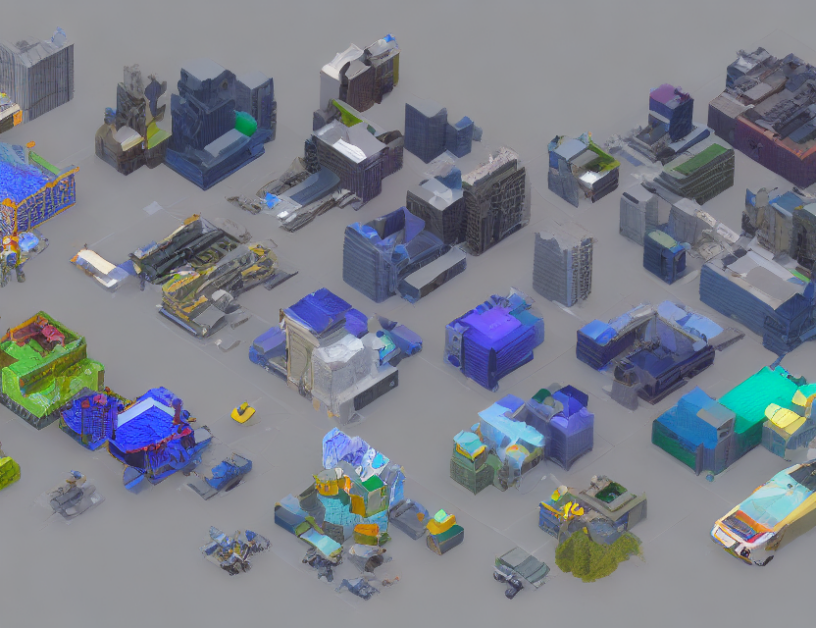In this article, the authors propose a method called attribute descent for simulating object-centric datasets on the content level and beyond. The goal is to generate realistic training data for computer vision models by manipulating editable attributes directly in graphics engines.
Imagine you’re an interior designer wanting to create a beautiful living room but don’t have enough furniture or decoration options. You can use attribute descent to virtually rotate, scale, and move objects within the scene to create a realistic representation of your desired design.
The method uses a small number of 3D object models and environmental factors to generate a large number of training data under different combinations. This approach helps reduce the domain gap between synthetic and real-world data, leading to more accurate model performance when tested on real data.
Attribute descent works by manipulating editable attributes directly in graphics engines. These attributes can be anything from lighting conditions to furniture arrangement. By adjusting these attributes, you can create a wide range of variations that closely resemble the real world.
The authors demonstrate the effectiveness of attribute descent by applying it to object-centric datasets and showing how it can generate more diverse training data than traditional methods. They also show that their method outperforms other state-of-the-art techniques in terms of accuracy when testing on real-world data.
In summary, attribute descent is a powerful tool for generating realistic training data for computer vision models by manipulating editable attributes directly in graphics engines. By simulating object-centric datasets on the content level and beyond, this method can help reduce the domain gap between synthetic and real-world data, leading to more accurate model performance when tested on real data.
Computer Science, Computer Vision and Pattern Recognition
Simulating Object-Centric Datasets: Beyond Appearance and Features



